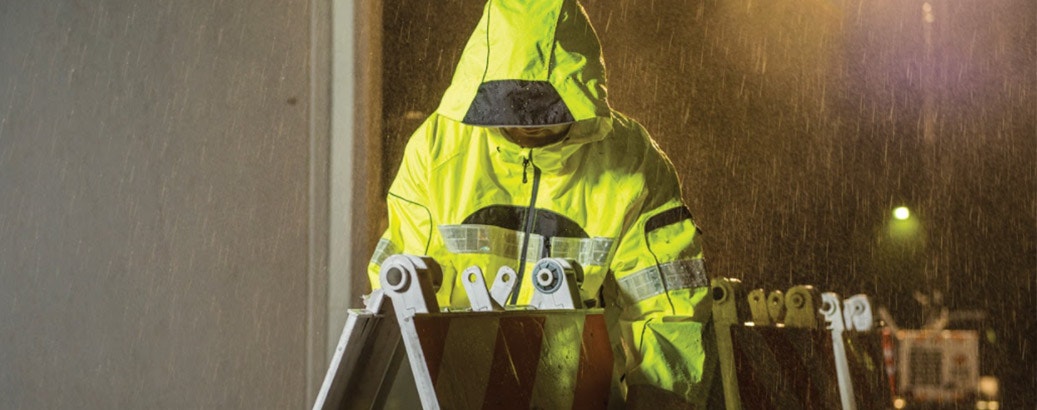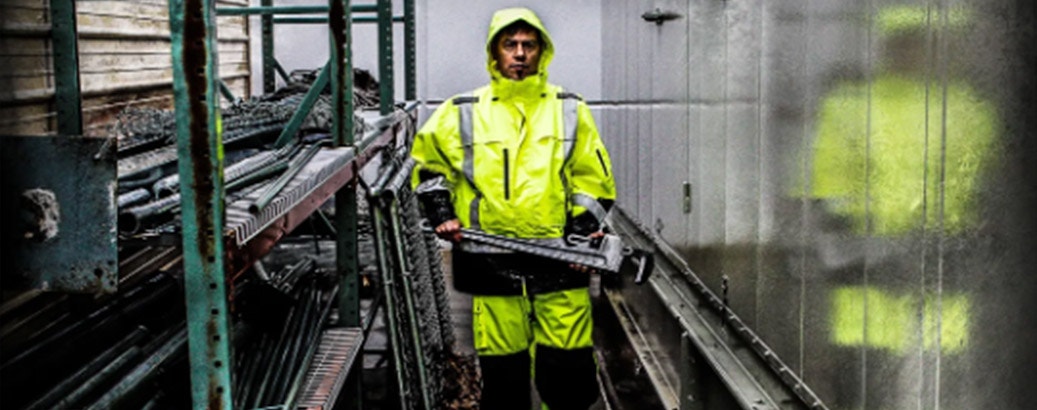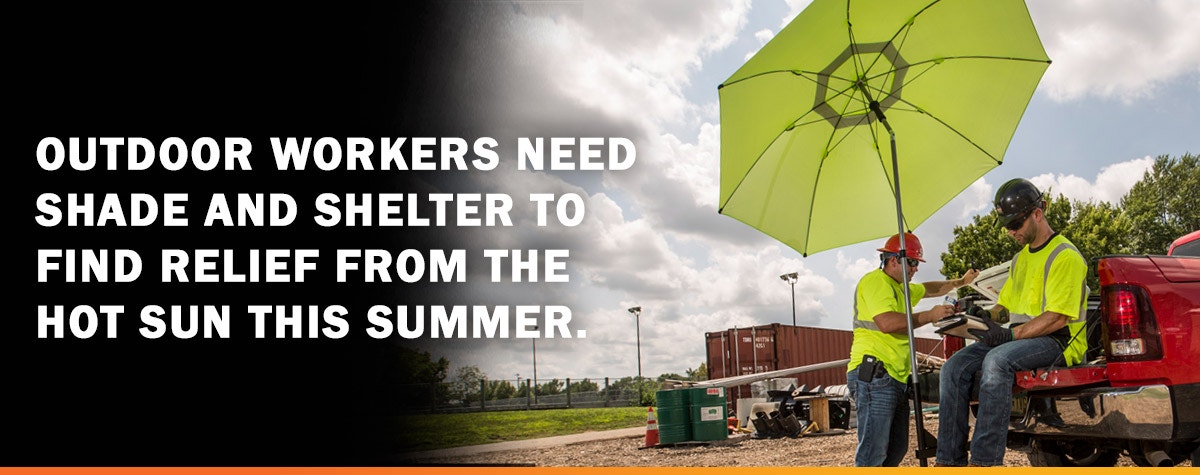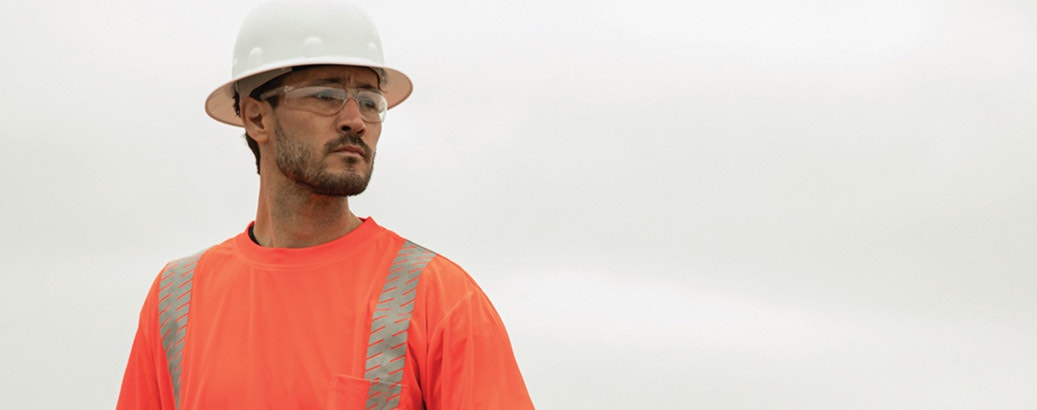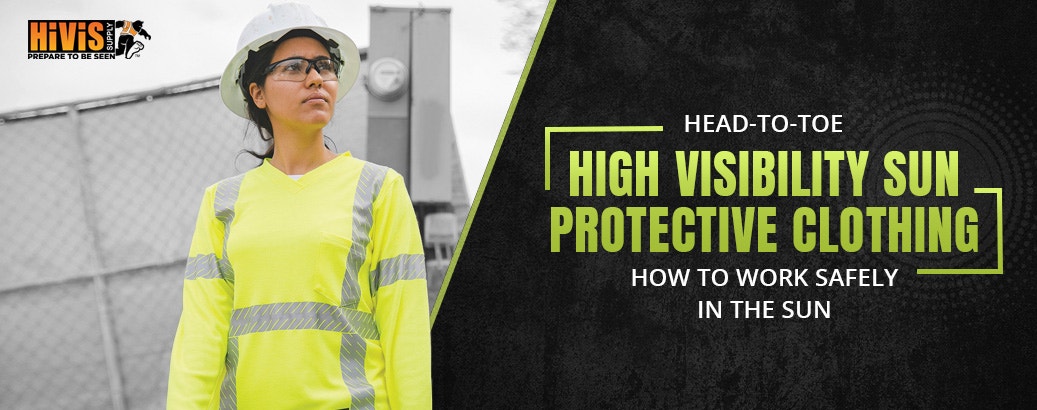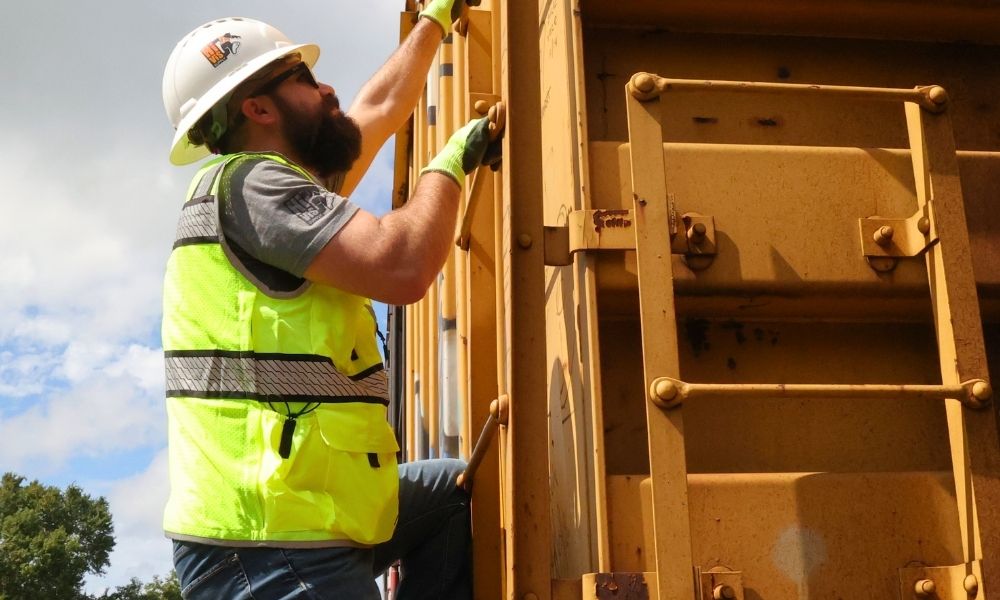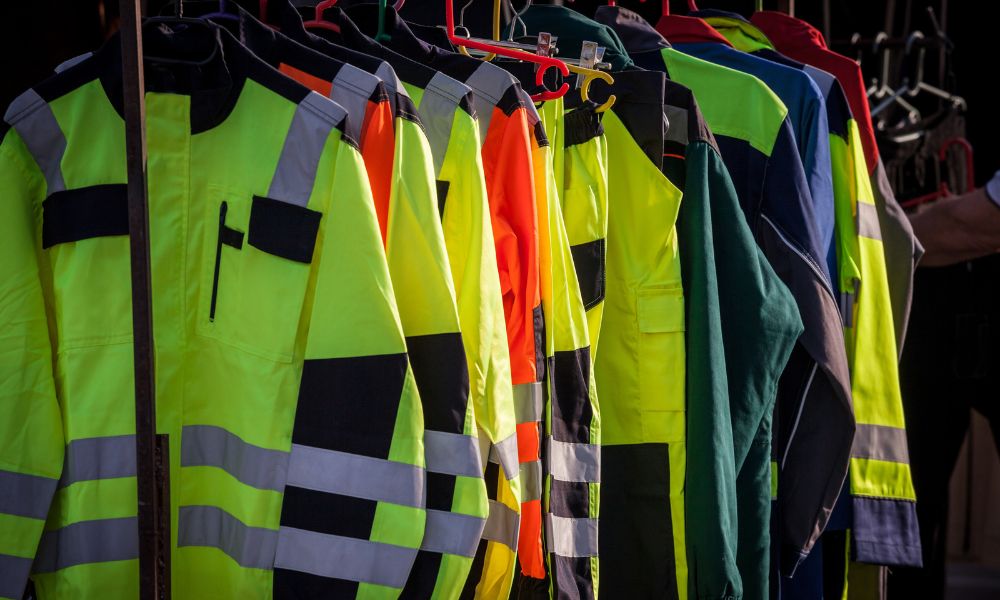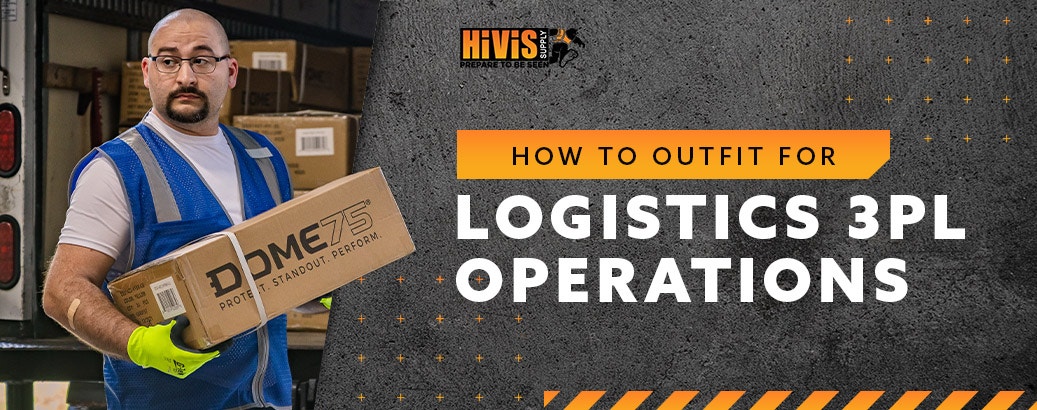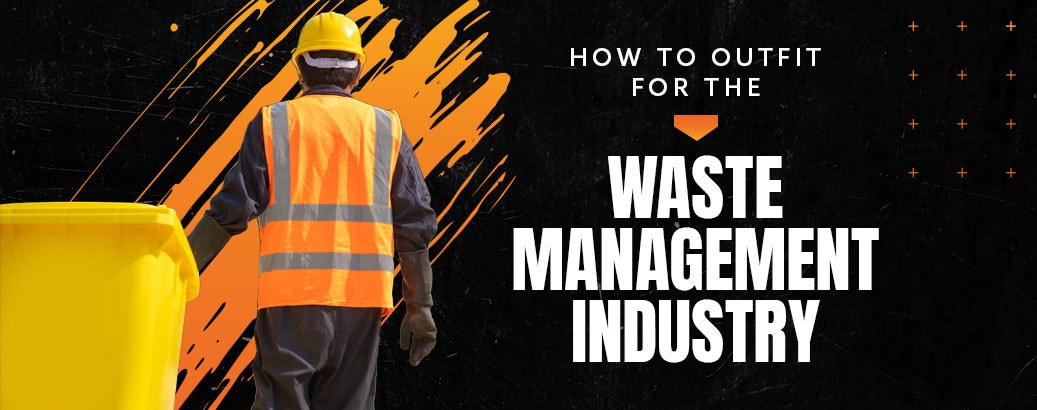Summer Work Safety: Know the Difference Between Heat Exhaustion and Heatstroke
- By HiVis Supply
- May 13, 2021
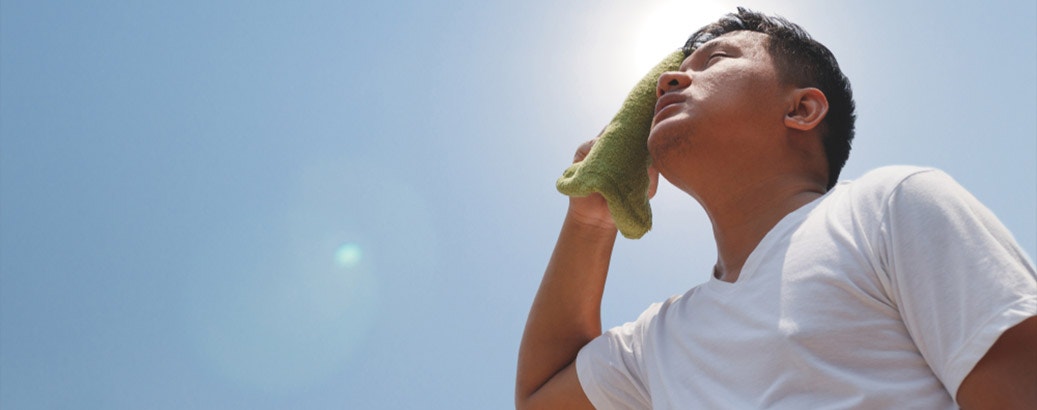
Source: BLACKWHITEPAILYN/Shutterstock
When the sun is beating down and you’re out on the job, everyone needs to be aware of how to detect heat exhaustion and heatstroke. These conditions are both medical emergencies that need immediate treatment — a few minutes can save someone’s life. How can you spot these conditions, and what’s the difference between heat exhaustion and heatstroke? Use our on-the-job safety guide to learn the most important facts about heat illness, including what to look for, how to address the risks of hot environments and the best gear for taking on a hard day’s work in the heat.
What Is Heat Exhaustion?
Heat exhaustion is a condition where your body’s temperature rises above a safe level. Unlike a fever, which is your body deliberately turning up the temperature against an invader, heat exhaustion happens when your body’s heat regulation systems stop functioning correctly. The main cause of heat exhaustion is a combination of physical exertion and a hot environment. Symptoms of heat exhaustion include:
- Dizziness and/or confusion
- Dehydration
- Cramping muscles
- Nausea and/or vomiting
- Extreme sweating
- Pale, clammy skin
- Headache
- Rapid heartbeat
What Is Heatstroke?
Heatstroke is a severe form of heat exhaustion that happens when your body’s core temperature goes above 104° F. It doesn’t have anything to do with having a stroke other than that both conditions are extremely dangerous and require immediate medical treatment. It has the same causes as heat exhaustion: hot environments, strenuous physical activity and dehydration. But heat stroke’s consequences are more severe — it can cause permanent organ damage and even death. Symptoms of heatstroke can include any of the symptoms of heat exhaustion, but they also include:
- Flushed red skin
- Fainting or seizures
- Shortness of breath
- Fever of 104° F or greater

Heat Exhaustion vs. Heatstroke: Understanding the Difference
Rather than thinking of heatstroke and heat exhaustion as different things, think of them as points along a spectrum of heat illness. Heat illness begins with mild symptoms like dehydration, prickly heat, and heat cramps. If you don’t take action to protect your body from these conditions, they can progress into heat exhaustion. If your body experiences heat exhaustion for a prolonged period, and you don’t get essentials like water, shade, and medical attention, your heat exhaustion can become heatstroke. In other words, waiting is the last thing you want to do against heat illness.
Treating Heat Exhaustion and Heatstroke
If you think someone might be suffering heat exhaustion or heatstroke on the job, or you’ve noticed symptoms in yourself, here’s what to do:
- Immediately get the person into the nearest cool, shaded area.
- Have the person remove any unnecessary layers of clothing.
- Apply cool towels to the person’s skin.
- Have the person lie down and elevate their legs to improve blood flow to the heart.
- Have the person sip (not chug) some cool water or sports drinks.
Workers should also alert their supervisors immediately. If the person is experiencing symptoms consistent with heatstroke, they’ll need immediate medical attention, so don’t hesitate to call 911.
Preventing Heat Exhaustion and Heatstroke
There are also some important things you can do to prevent heat illness on hot workdays:
- Wear the right cooling clothing for extreme heat (see below for some awesome choices!).
- Be aware if you’re taking medications that increase your vulnerability to heat.
- Use sunscreen with at least SPF 30 to protect your skin.
- Drink water or sports drinks consistently and in small amounts throughout the day, preferably every 15-20 minutes.
- Avoid drinking caffeine in the heat.
- Take regular breaks in a shaded area.

The Perfect Gear to Beat the Heat
- Radians RCS1 Arctic Radwear Cooling Towel: The lightweight classic cooling towel design provides you with up to five hours of cooling just by soaking the towel in water. (How do cooling towels work, you ask? Click the link to read our guide!)
- Occunomix 904 HiVis Class 2 Evaporative Cooling Vest: When soaked in cool water for 1 to 2 minutes, this ANSI Class 2 vest gives you 5 to 10 hours of evaporative cooling on the job.
- Enhanced Visibility Moisture Wicking Reflective Cooling Multi-Band: Enjoy all-day cooling performance from this reflective band that can be worn as a gaiter or a full-length head wrap.
- Enhanced Visibility Stow-Away Hard Hat Shade: Keep the sun away from your neck and face with this convenient shade that fits directly over most hard hats.
- Radians ST24-3 Rad-Shade Class 3 UV Protection Long Sleeve T-Shirt: A job-ready ANSI Class 3 long sleeve T-shirt that provides 40+ UPF sun protection.


